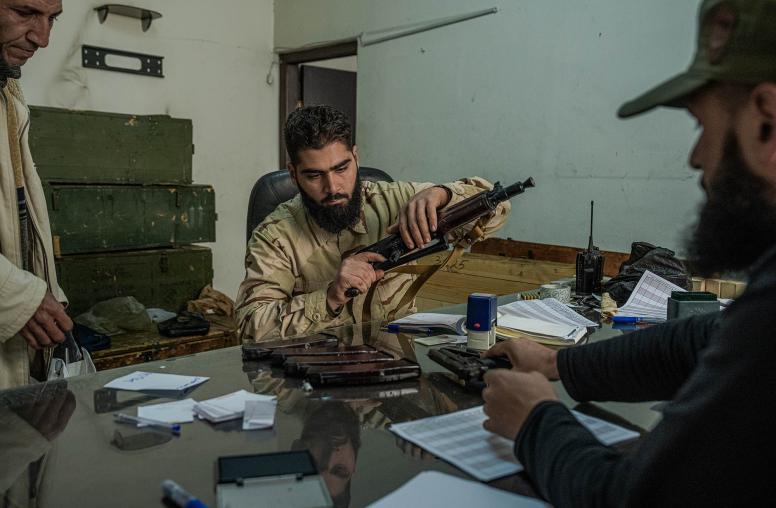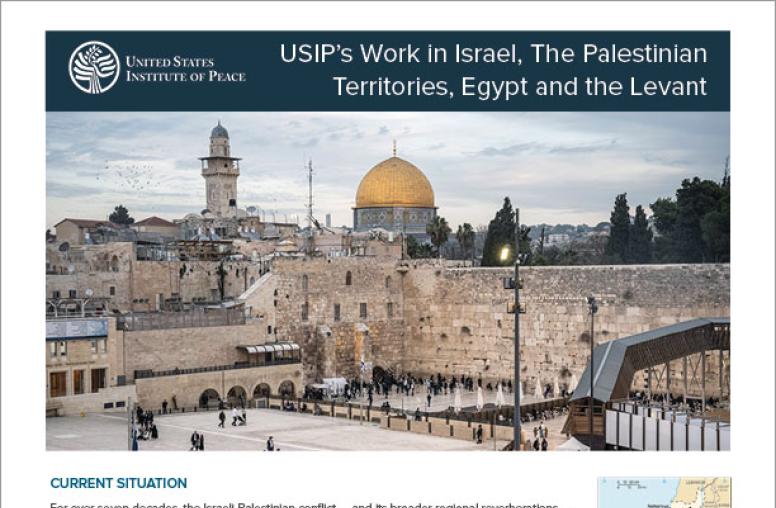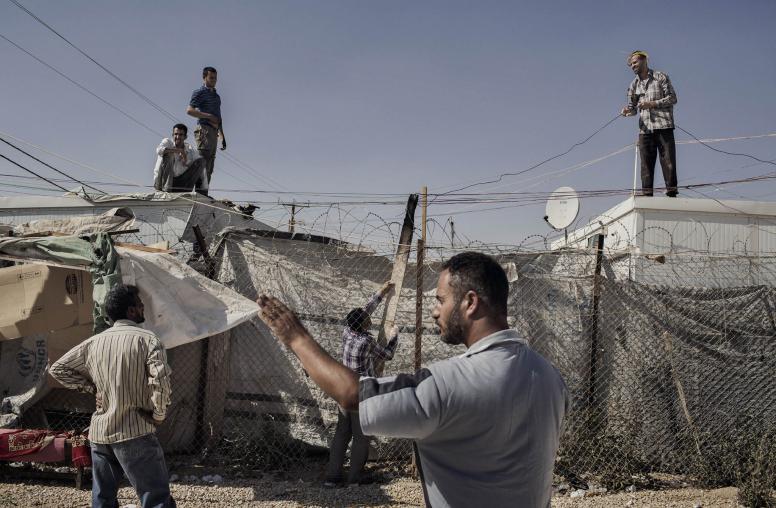April 23, 2012
On April 23, 2012, President Obama announced the formation of the Atrocities Prevention Board and other steps to help the United States prevent and respond to mass atrocities. USIP’s Jonas Claes discusses the impact these initiatives will have on U.S. atrocity prevention efforts.
What is the significance of President Obama’s announcement for the U.S. Government’s atrocity prevention policy?
Since the Rwandan genocide, consecutive U.S. administrations have expressed their frustration about our collective ill-preparedness to prevent genocide and mass atrocity crimes. In
today's speech at the U.S. Holocaust Memorial Museum, President Obama confirmed that atrocity prevention is "a core national security interest and core moral responsibility." The President's speech outlined an unprecedented effort to institutionalize normative commitments to atrocity prevention by creating a high-level interagency Atrocities Prevention Board, the APB, under the chairmanship of the National Security Council’s Senior Director of Multilateral Affairs and Human Rights, Samantha Power. The Board will meet on a monthly basis, starting today, with rotating attendance by senior representatives across the relevant Departments at the Assistant Secretary level or higher. Apart from identifying threats, the Board will oversee the development and implementation of atrocity prevention and response policy. The President's announcement also represents an important step in the implementation of the Responsibility to Protect at the national level.
How can this new interagency board contribute to the prevention of atrocities on the ground? Will the new board be able to prevent future Syria-type situations?
The creation of the Atrocities Prevention Board will not result in the immediate cessation of ongoing atrocities. Recent events in
Syria and
Sudan reveal once again that atrocity prevention is extremely challenging. Particularly when a country’s political or military leadership is responsible for the atrocities, the international community may have limited leverage to alleviate the humanitarian burden within the existing international legal frameworks. Addressing early signs of atrocities in countries that do not make the headlines may present an even more daunting challenge for the Board. Over the long-term, the APB may enable the U.S. Government to move away from its traditional ad hoc approach to imminent or ongoing atrocities. When confronted with a specific atrocity context, the Board will assess the utility of available tools at the national and international level to present senior decision-makers with a range of integrated and timely response options. In addition, new tools will be introduced, including targeted sanctions against those using information technology to commit grave human rights abuses. It remains to be seen how the APB will operate in practice, but its plans to link its risk assessments with the development of interactive preventive strategies and train civilian and military personnel on an interagency basis would represent a significant step forwards.
How does this initiative relate to the work of the Genocide Prevention Task Force and the U.S. Institute of Peace?
The Atrocity Prevention Board is a direct result of the
Genocide Prevention Task Force's recommendation to create 'a dedicated, high-level interagency committee'. Following their inaugural session at the White House, the APB members emphasized the role of early warning mechanisms and multilateral approaches, and announced the development of new doctrine and planning efforts by the Departments of State and Defense and within the intelligence community, steps and themes that echo the recommendations of the GPTF.
As a follow-up to the work of the Genocide Prevention Task Force, the U.S. Institute of Peace continues its efforts to enhance the U.S. capacity to respond to emerging threats of mass atrocities through its
Working Group on the Responsibility to Protect (R2P), co-chaired by former Secretary Madeleine K. Albright and Ambassador Richard Williamson. Jointly organized by the United States Institute of Peace, the United States Holocaust Memorial Museum, and the Brookings Institution, this Working Group seeks to increase understanding of R2P and identify concrete steps to bolster the political will of U.S. decision-makers to respond in a timely manner to threats of mass atrocities. The U.S. Institute of Peace will also continue to support relevant actors within the U.S. Government and the U.N. system in the development and fine-tuning of tools for the prevention of violent conflict and mass atrocity crimes.


